#south australian artist
Explore tagged Tumblr posts
Photo

(via "Sunrise on Bennys Hill by Adelaide artist Avril Thomas at Magpie Springs" Relaxed Fit T-Shirt for Sale by MagpieSprings)
#findyourthing#redbubble#goldenhour#south australian artist#adelaide artist#magpie springs#avril thomas
2 notes
·
View notes
Text

Wylie's baths, New South Wales - Alasdair Lindsay
British , b, 1975 -
Acrylic on canvas , 80 x 80 cm.
108 notes
·
View notes
Text

Self-Portrait
Artist: Normand Baker (Australian, 1908-1955)
Date: 1937
Medium: Oil on canvas
Collection: Art Gallery of New South Wales, Sydney, Australia
Description
Normand H. Baker, at twenty-nine years old, was the youngest artist to win the Archibald Prize in 1937 and, although relatively unknown, the Gallery had already purchased two of his earlier works. Coverage in the daily papers centred on the fact that Baker was the son of a confectioner and worked as a commercial artist. The winning painting was donated to the Gallery by the artist's mother, Millicent Pearl Baker in 1956.
#oil painting#self portrait#normand baker#australian culture#australian art#australian artist#oil on canvas#three quarter length#australian painter#beret#painter palette and brush#cloth#robe#interior#20th century painting#art gallery of new south wales
28 notes
·
View notes
Text
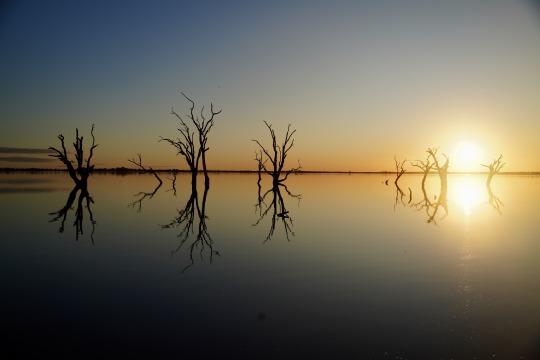
Lake Bonney (the Riverland) SA, never disappoints
#original photography#australian photography#photographers on tumblr#australian photographer#south australia#travel photography#nature#landscape photography#original photographer#original artist#lake bonney#lake view#riverland#riverlife#the murray river#reflections#barmera#travel blog#winter#sunsets#sunset photography
148 notes
·
View notes
Text
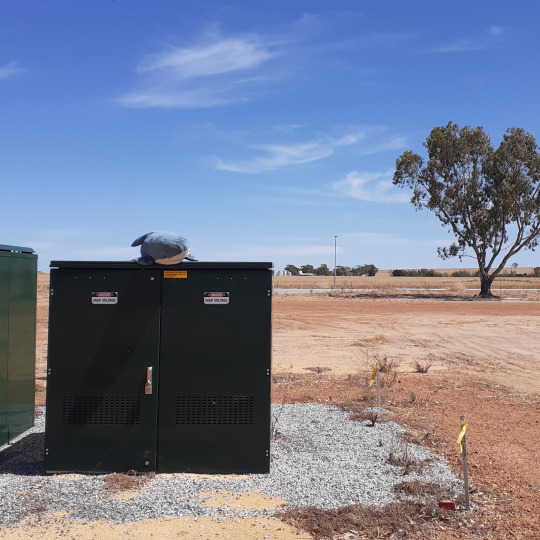
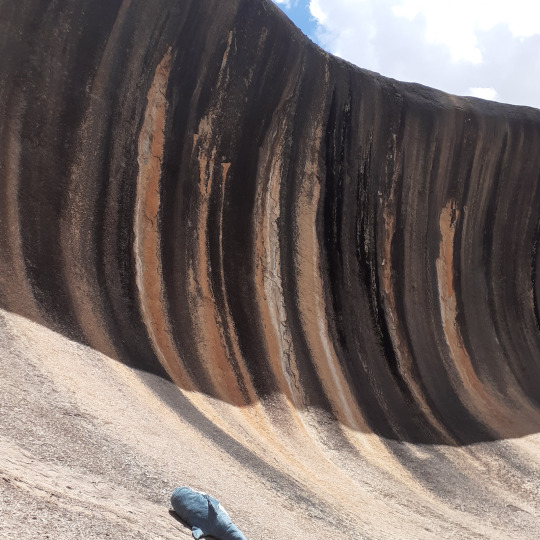
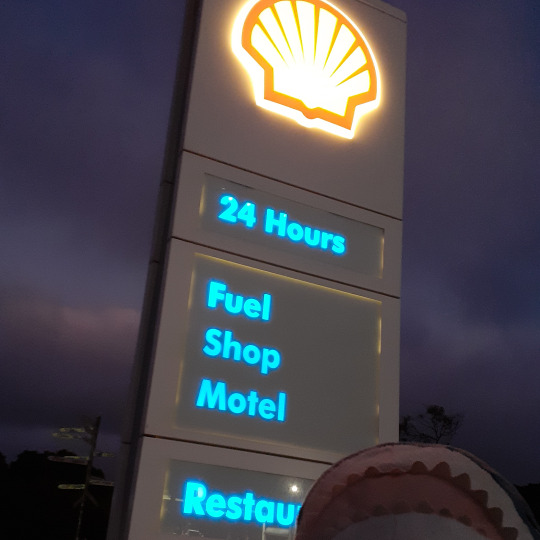
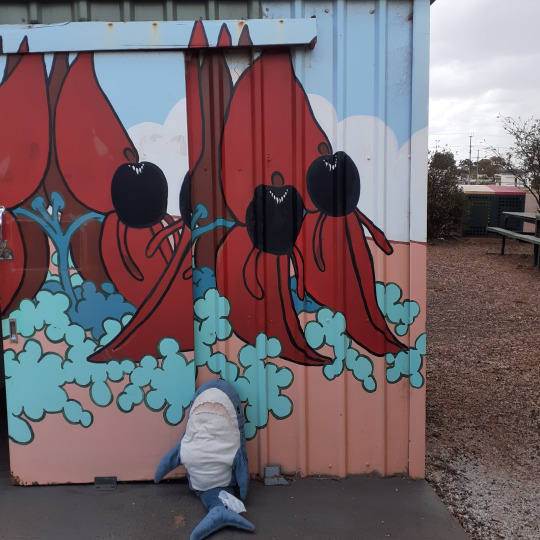
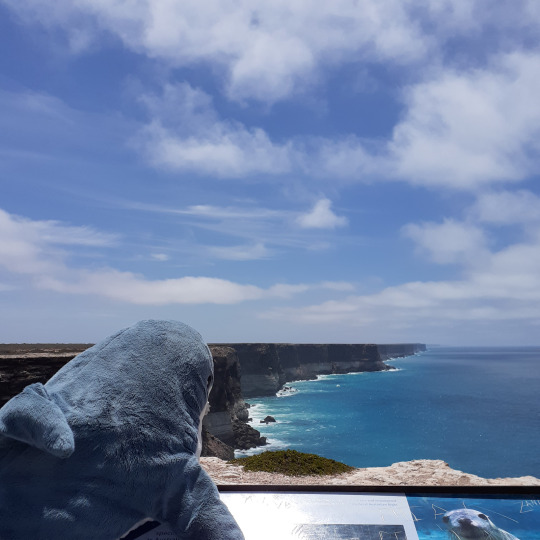
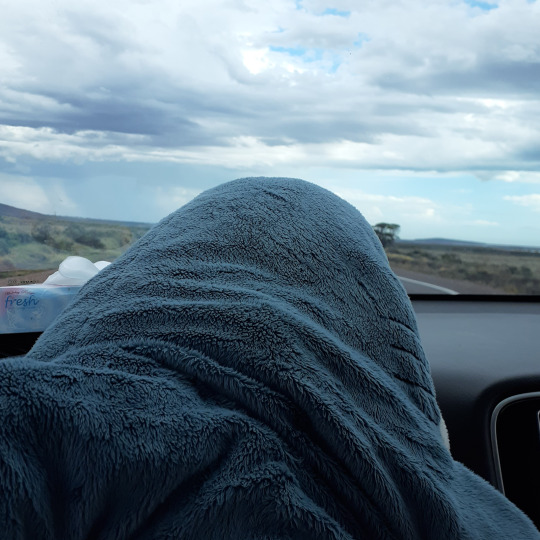
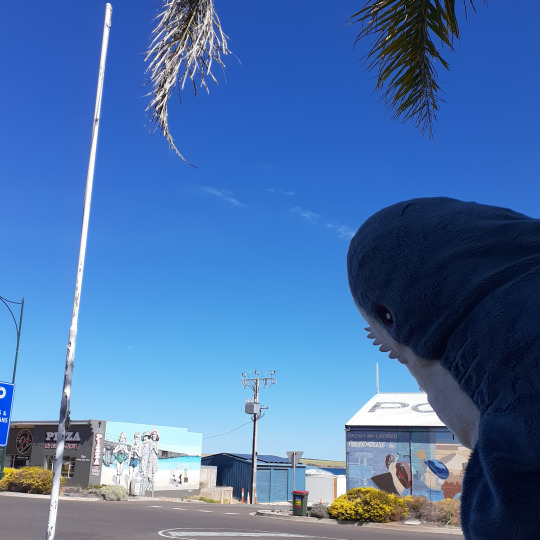
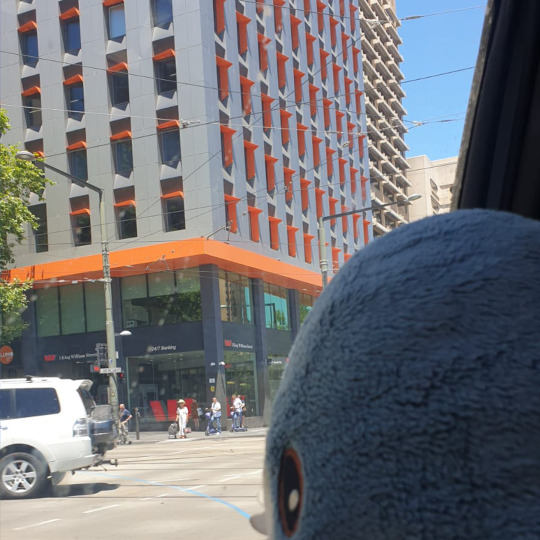
BLAHAJTRIP [2022]
1:1, phone camera, in order: Corrigin, Wave Rock, Border Village, Iron Knob, Great Australian Bight, Port Augusta, Streaky Bay, Adelaide
BLAHAJTRIP is an eight-photo set of images taken while travelling through Southwestern Australia for two weeks by car. The stuffed shark plays a symbolic role, representing the transitional nature of travel, as well as the liminal stage of the photographer's life, drawing parallels between the two. All images, except the last, anthropomorphise the shark by virtue of its isolation within the frame. All eight photos appear in chronological order of the timeline of travel, and showcase the journey away from the photographer's current place of residence to his second childhood home.
Interactions are extremely appreciated.
#photography#my photos#photoshoot#my photography#photoset#2022#blahaj#transgender artist#aesthetic photography#australian photographer#amatuer photography#ikea shark#ikea plushies#road trip#western australia#south australia#landscape#nature#sea#ocean#beach#desert#bushland#rural gothic#ruralcore#rural aesthetic#rural architecture
25 notes
·
View notes
Text
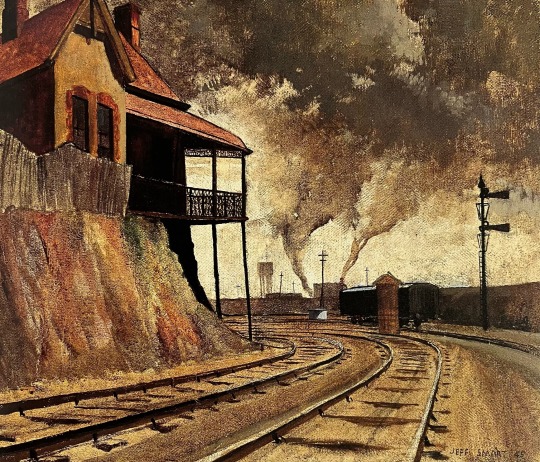
Keswick Siding, 1945, by Jeffrey Smart. Oil on jute on canvas.
Art Gallery of New South Wales, Sydney.
#jeffrey smart#art#1940s art#1940s#australian artist#trains#railway#railway art#1940s aesthetic#south australia
34 notes
·
View notes
Text
listen!!!
#morguesmusic#morgues#underground music#2000s#soundcloud#soundcloud rapper#adelaide#adelaide artist#diary plug#australia#australian artist#south australia#shed theory#aceii#woody#joeyy#dream caster#rapper
4 notes
·
View notes
Text

🦇⚙️👀
...
is this something people ship? idk,,, i just wanted to draw them LOL
(also this took me a really long time because i kept putting off rendering their clothes 😭)
#hollow knight#gijinka#art#artists on tumblr#digital art#digital portrait#fanart#grimm hk#troupe master grimm#the pale king#pale king hk#troupe master grimm x the pale king#ship#ish?#i think they had a really REALLY freaky one night stand and then never talked about it again#grimm makes pk a little flustered#also this drawing takes place before pk killed all his kids fyi#OH btw pk is supposed to be albino australian aboriginal and grimm is south asian#okay thats enough rambling in the tags for me now buh bye
18 notes
·
View notes
Text
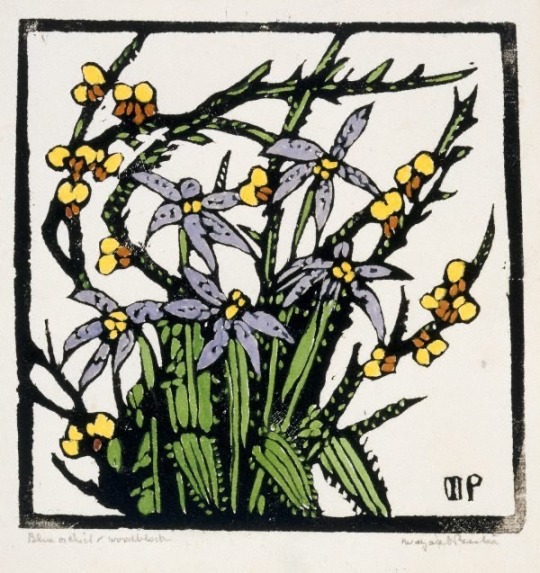
N.S.W. orchid
circa 1935
Margaret Preston
#margaret preston#new south wales#orchid#floral print#woodblock#print#printmaker#preston#new south wales orchid#woodblock print#orchids#flowers#modern art#australian artist
26 notes
·
View notes
Photo

Sir Arthur Ernest Streeton (1867–1943) - The Railway Station, Redfern, New South Wales, Australia, 1893, oil on canvas
#Arthur Streeton#Sir Arthur Ernest Streeton#Australian artist#railway station#redfern#new south wales#Australia#1890s#1893#oil painting#oil on canvas#impressionism#Australian impressionist
38 notes
·
View notes
Text

An interview by Art in Adelaide at Magpie Springs with Adelaide Artist Avril Thomas talking about the Art in Magpie Springs Art Gallery. Magpie Springs is a vineyard in South Australia with Boutique wine - Cellar Door. Original Art - Art Gallery. Exhibition:- Oil paintings:- Landscapes and portraiture. Prints discussed on Redbubble/MagpieSprings and AvrilThomasart
#redbubble#adelaide artist#avril thomas#magpie springs#australianartist#south australian artist#magpiesprings#southaustralianartist#art#artwork#art process#portrait painting#portrait artist#australian artist#art gallery#online art gallery#contemporary art
1 note
·
View note
Text

Lower Front Paddock in the Dry - Lucy Culliton , 2022.
Australian, b. 1966 -
Oil on canvas , 137 x 137 cm.
122 notes
·
View notes
Text

Self-Portrait
Artist: Margaret Preston (Australian, 1875-1963
Date: 1930
Medium: Oil on canvas
Collection: Art Gallery of New South Wales, Sydney, Australia
Description
Margaret Preston painted this portrait in 1930 at the request of the Trustees of the Art Gallery of New South Wales. She confessed she was thrilled to receive the commission to paint what was, for her, an untested subject. As she later pointed out, '… my self-portrait is completed, but I am a flower painter – I am not a flower'. In a work as carefully designed and as uncompromising as the artist's still-lifes, Preston identifies and separates the essentials of her art: her brush and palette and a pot of wildflowers, a favourite subject, on the sill behind her.
#portrait#painter#self-portrait#woman#half length#interior#australian artist#margaret preston#oil on canvas#fine art#oil painting#artwork#australian culture#australian art#still life painter#black dress#painer palette and brush#window#potted plant#tiled wall#20th century painting#art gallery of new south wales
5 notes
·
View notes
Text

Gone but not forgotten, Garden Island Ship Graveyard, SA
The weather was calm and bright. Also was feeling a little bored. Thought that I would get out and try to get to know my little drone.
#original photography#photographers on tumblr#australian photography#australian photographer#original photographer#south australia#travel photography#landscape photography#original artist#port adelaide#my photography#my post#maritime history#maritime archaeology#drone photography#dji mini 4 pro#garden island ship graveyard
36 notes
·
View notes
Text
Invasion Day
On January 26 1788, the First Fleet of convicts from Britain arrived on the lands of the Eora Nation and the establishment of a British colony in Australia began.
Although the day is now official observed as Australia Day, it is, to quote Victorian community organisers, “an annual reminder of invasion, occupation, genocide and the ongoing impacts of colonisation that continue to destroy our land and waters”.
Keep reading under the cut - Aboriginal and Torres Strait Islander people should be aware that below is an image and names of deceased persons.

First Nations people have publicly marked 26 January as a Day of Mourning since 1938. The photo above comes from 1988, when, on 26 January, Australia officially celebrated its bicentenary. In response to public celebrations of the day, gay Aboriginal and South Sea Islander man Malcolm Cole and artist Panos Couros came up their own way to mark the occasion – a float in Sydney’s Mardi Gras parade a month later.
The float, known as the “Aboriginal Boat”, took the form of a sailing ship manned by Malcolm, dressed as Captain Cook, the British man who “claimed” the lands of First Nations people along Australia’s east coast for Britain. Narungga and Kaurna man Rodney Junga-Williams played botanist Joseph Banks, who was also instrumental in the decision to colonise the continent. The float was pulled by their white friends.
As Australians ourselves, living on the stolen lands of the Kulin Nation, we encourage you to spend the day doing what you can to support Aboriginal and Torres Strait Islander people. BlaQ Aboriginal Corporation is one organisation working to support queer First Nations people, that you in turn can support.
[Image source: Photograph taken by Ken Lovett, Australian Queer Archives, via ABC]
#invasion day#australia day#survival day#australia#queer history#gay history#australian history#first nations#indigenous
175 notes
·
View notes
Text

The Olive Plantation, 1946 Oil on Canvas, by Dorrit Black.
Art Gallery of South Australia.
5 notes
·
View notes